In his mid-forties Will Ashon realised he was adrift and confused, confronted by the situation Dante described in the Divine Comedy: ‘In the middle of our life’s path/ I found myself in a dark forest.’
Ashon’s dark forest was metaphorical to begin with — conscious of ageing, dis-satisfied with his career in the music industry, wondering where to turn — but it became literal as he sought answers by exploring Epping Forest, the vast ‘shadow of London’ near his home in Walthamstow. Strange Labyrinth takes its title from a beguiling sonnet by the Jacobean author Lady Mary Wroth, who lived at nearby Loughton Hall, and charts Ashon’s twisting, sometimes perplexing but, by the end, deeply satisfying exploration of the intellectual terrain covered by artists, writers and performers who share a connection to this place.
The result is a book that’s hard to classify. First impressions might place it within the ‘new nature writing’, but it is more a cultural than a natural history, and one with remarkable scope, unconstrained by boundaries of genre or style. Which, we come to realise, is precisely the point. This is a book about enclosure, in its every sense, from the land enclosures that tormented the poet John Clare, who spent years in an asylum here, to the psychic enclosures that preoccupy Penny Rimbaud of the punk band Crass. Rimbaud lives by the forest in the evocatively described Dial House and emerges as one of the book’s most interesting characters.
It’s a clever piece of work, a joy and an education. It comes as no surprise to learn that more than half of the Brothers Grimm’s 210 fairy tales are set in forests, drawing from the landscape’s allegorical possibilities; think of the abandoned Hansel and Gretel seeking a way home but becoming lost and confused and succumbing to temptation on seeing the witch’s cottage.
The etymology of ‘forest’, we learn, has nothing to do with trees. The Latin words forestare and foris mean, respectively, ‘to exclude’ and ‘outside of enclosure’. ‘To afforest,’ Ashon writes, ‘isn’t to plant trees; it’s to declare, as sovereign, that the land is reserved for your recreational purposes.’ It is to enclose what others would prefer as common property, an ongoing tension that spans from medieval monarchs seizing hunting land through to the digital era’s fraught relationship between intellectual property, copyright, ‘creative commons’ and the trespass of online piracy.
The roll call of characters we encounter roaming his ‘forest of the mind’ is long and diverse. Two of them are Ashon himself: he is present both as ‘narrator-I’, confident with his structure and content, and ‘actor-me’, his ‘avatar out in the trees’, bumbling around the woods in search of inspiration while trying to avoid large dogs. Others include the actor Ken Campbell, the sculptor Jacob Epstein and his eccentric wife Margaret, the hippy activist Wally Hope, the highwayman Dick Turpin, Will Kemp of Shakespeare’s troupe of actors and an ex-con turned eco-campaigner, Mick Roberts, or ‘Old Mick’, who ‘seemed to attract stories like some kind of narrative electromagnet’.
We wander into the odd thicket of textual undergrowth that might have been pruned, but it helps that Ashon is, when he wishes to be, and particularly in the book’s first half, very funny indeed. He has a winning self-deprecation that conflicts with his assured analyses of Renaissance literature and Cartesian rationalism, which was
used to justify enclosure… a land-lust that never had anything to do with a need for space so much as for the primitive accumulation which was starter fuel for the capitalist engine.
I winced with amused recognition at his anxiety over Iain Sinclair’s influence on his work; Ashon, sensing the ‘alpha-male’ of psycho-geography lumbering behind him through the woods, and imagining himself hidden behind ‘a metaphorical bush as [Sinclair] trudged past on one of his poetical tromps’. And I laughed aloud at his description of hearing Rimbaud hold forth on quantum mechanics:
I listened and nodded and tried to look as if I were following … My brain had cast itself as Schrödinger’s Cat – as long as I didn’t say anything it was neither alive nor dead.
This is at heart a book about anxiety and fear, and our prospects of breaking through the enclosure our fears impose upon us. We come to understand that Ashon is the coward in the subtitle, and he assures us that he’s a ‘runner not a fighter’ who merits the term, while declining to provide proof. But he shows courage in taking on this ambitious project and deserves acclaim for pulling it off in such style.
Got something to add? Join the discussion and comment below.
Get 10 issues for just $10
Subscribe to The Spectator Australia today for the next 10 magazine issues, plus full online access, for just $10.
You might disagree with half of it, but you’ll enjoy reading all of it. Try your first month for free, then just $2 a week for the remainder of your first year.

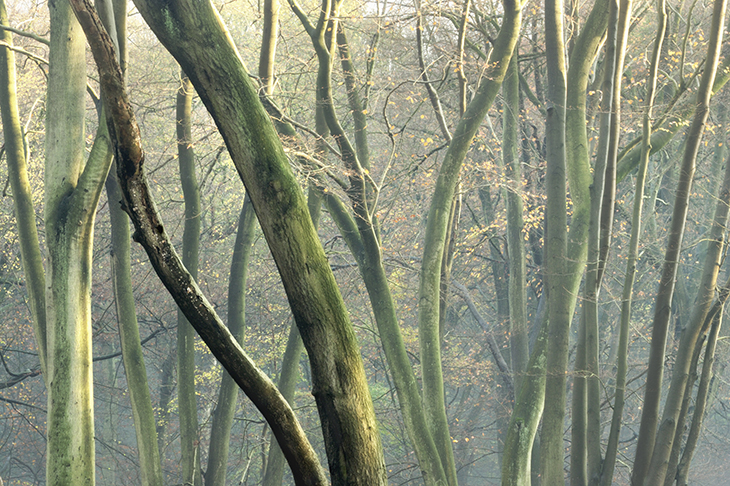

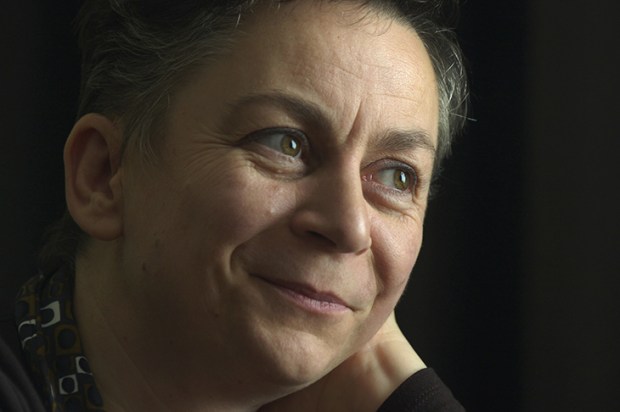
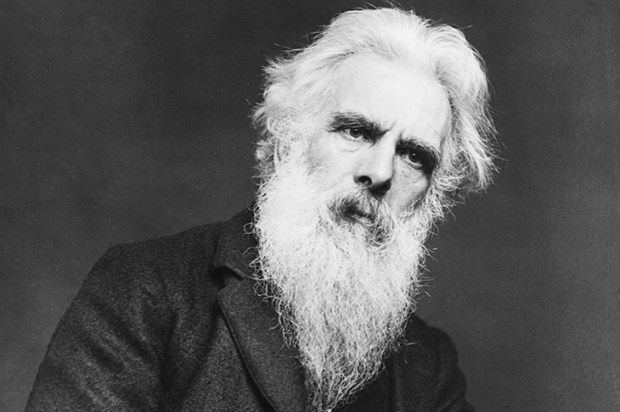
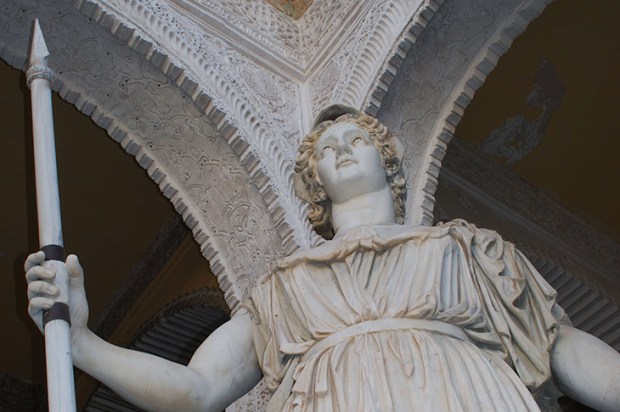
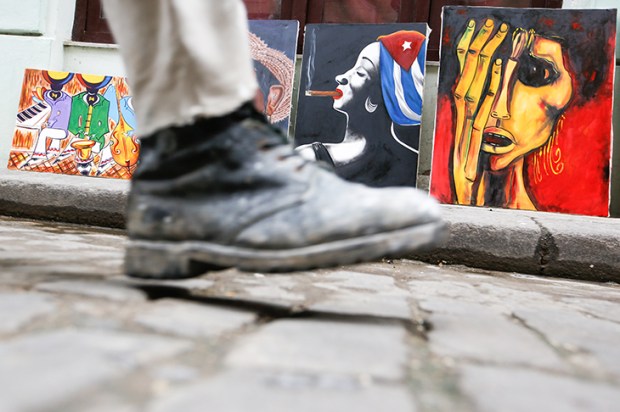
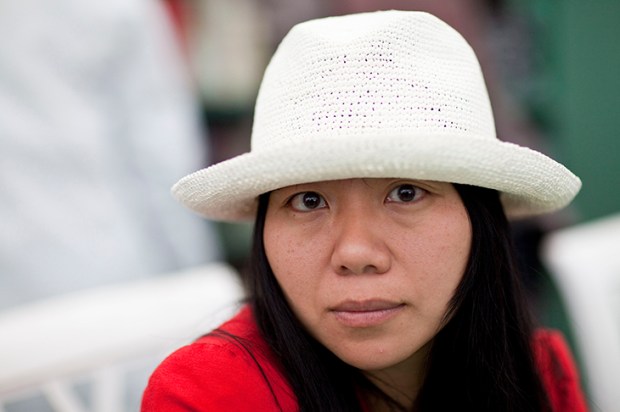






Comments
Don't miss out
Join the conversation with other Spectator Australia readers. Subscribe to leave a comment.
SUBSCRIBEAlready a subscriber? Log in